Killer Frequency: Review on Linux and the Steam Deck
Killer Frequency is a narrative first-person horror puzzle set in the 80s, developed and published by Team17 Digital. The game works great on Linux and Deck with Proton.
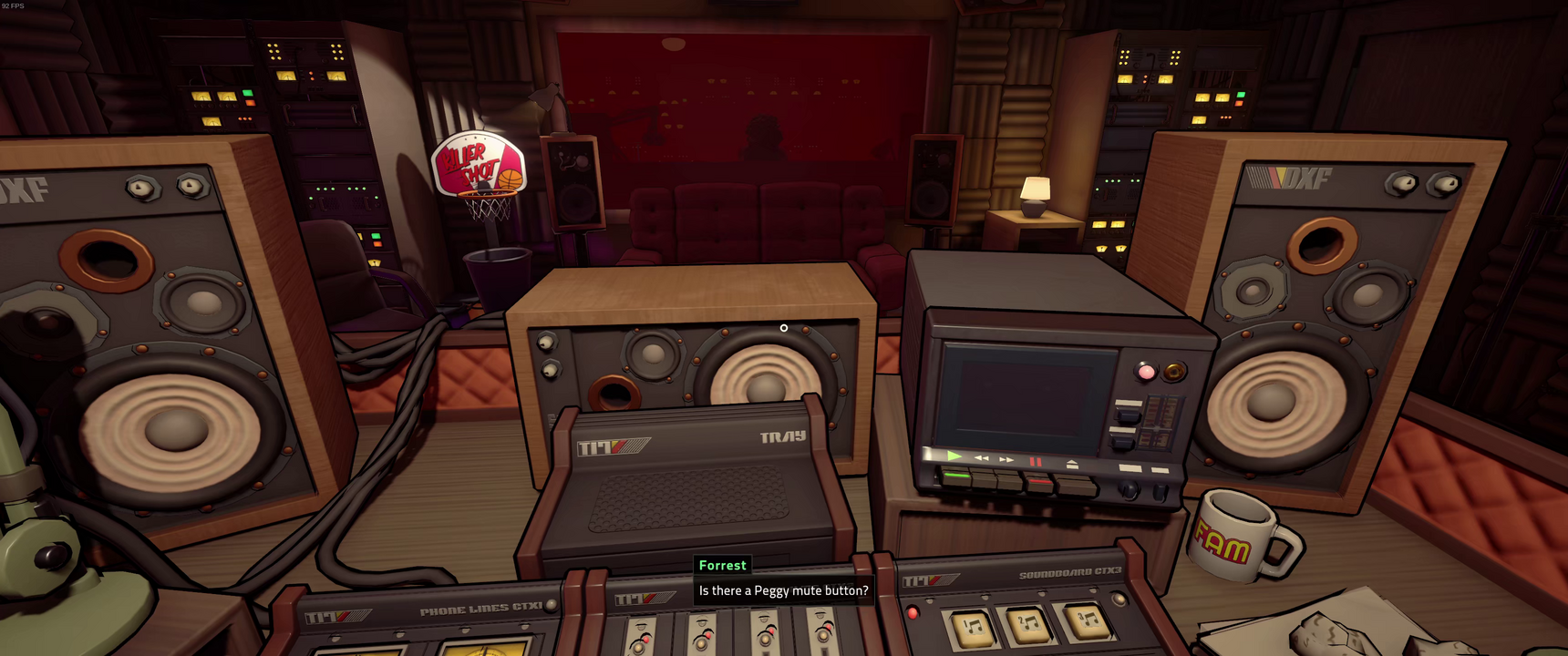
You play as Forrest Nash, a radio show host that just moved to the small city of Gallows Creek for a job. In your first shift, a killer starts terrorizing locals and, for some 80s ethics reason, the cops route private emergency calls to your very public show. Now it is up to you to help callers survive this dire situation.
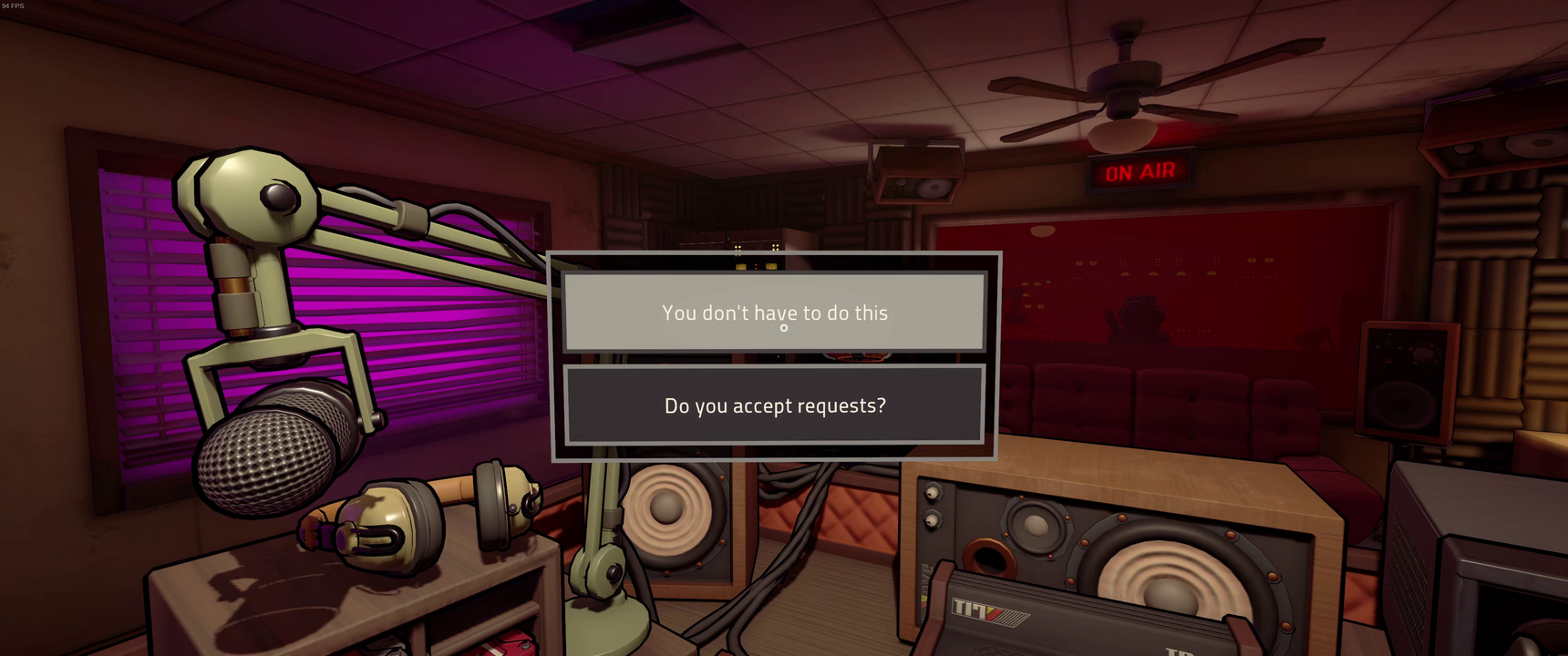
The puzzle mechanics are straightforward, people will call you for help - finding it strange that you are not the cops, then you will tell them what to do from a list of options. To better decide on the course of action, you will need to pay attention to the call, listen to your producer, Peggy and find materials around the radio station to help you. Succeeding means you saved a life.
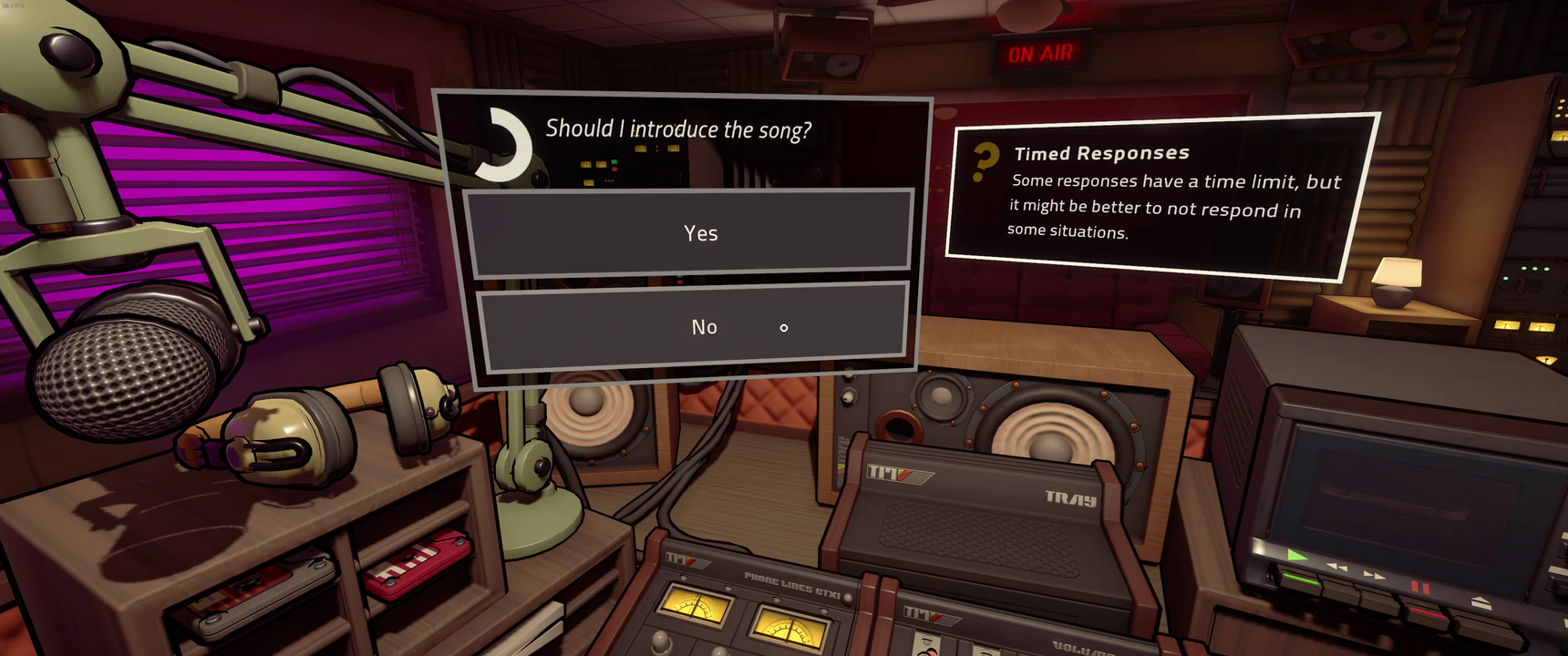
As the radio station is small, you will also do the tasks as DJ, by playing music and ads or operating the soundboard. The only other person helping you is Peggy, she will give you advice, interact with callers, or send you clues from under her door, as she is too afraid to leave her booth.
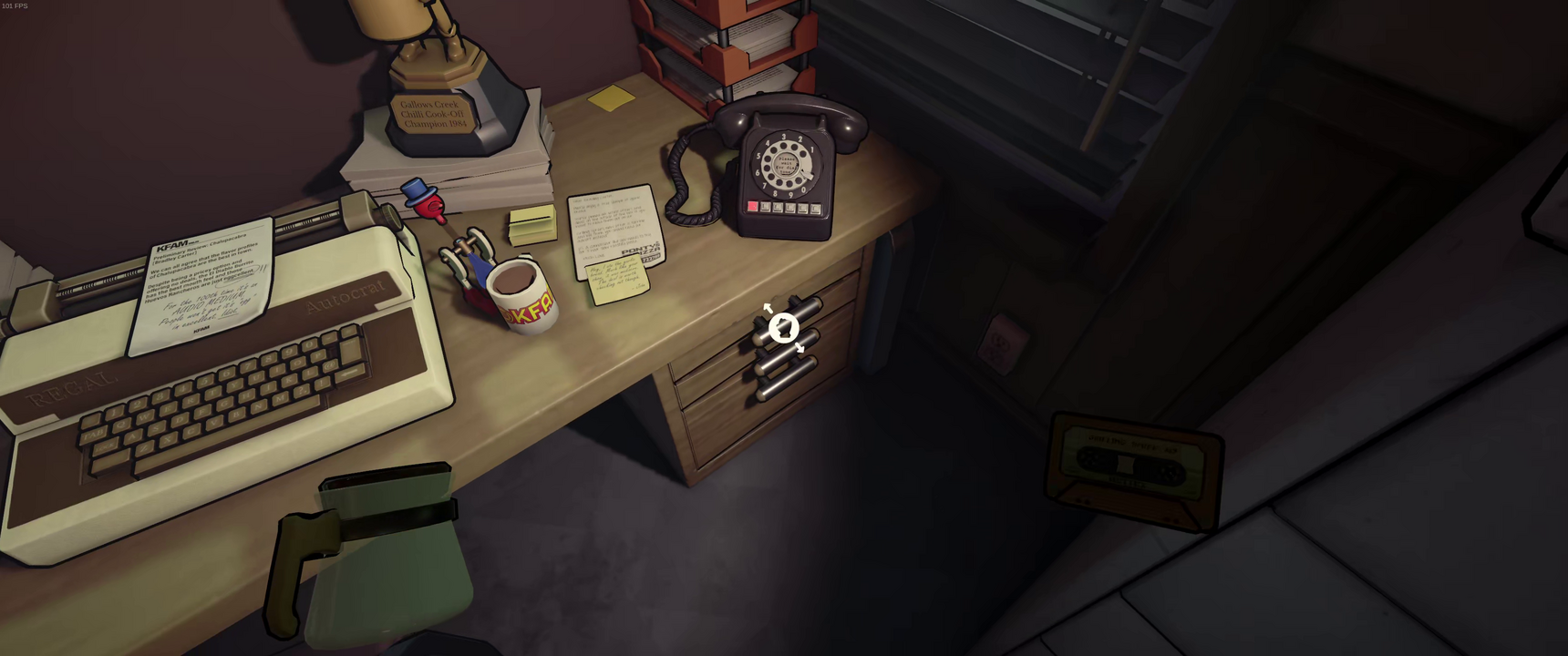
The visuals and interactions felt like a VR game. The way you grab, move and use items and the chat choices selected in the “air” rather than on a HUD are common to VR interface, and the low poly, while giving a quite unique visual identity to this game, is not that far from other VR games. That made me check if VR was an option for this Killer Frequency, and it is, but not for Linux/Steam.
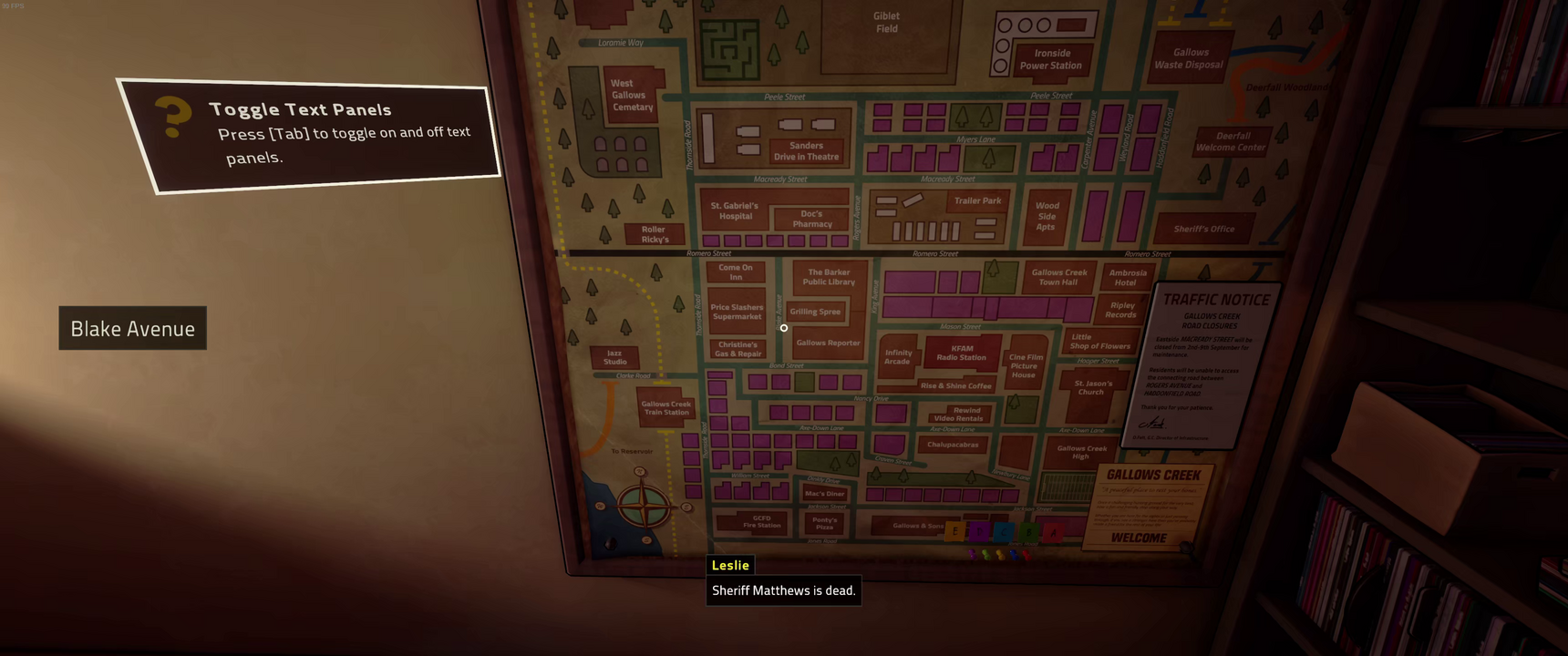
For a game that relies a lot on phone calls, voice acting shines. It felt like I was in those slasher B movies, and I praise whoever came with the idea of making the killer whistle. A technique to set a character in a scene as old as radio works so well in this setup, the whistle cuts and makes the call dire.
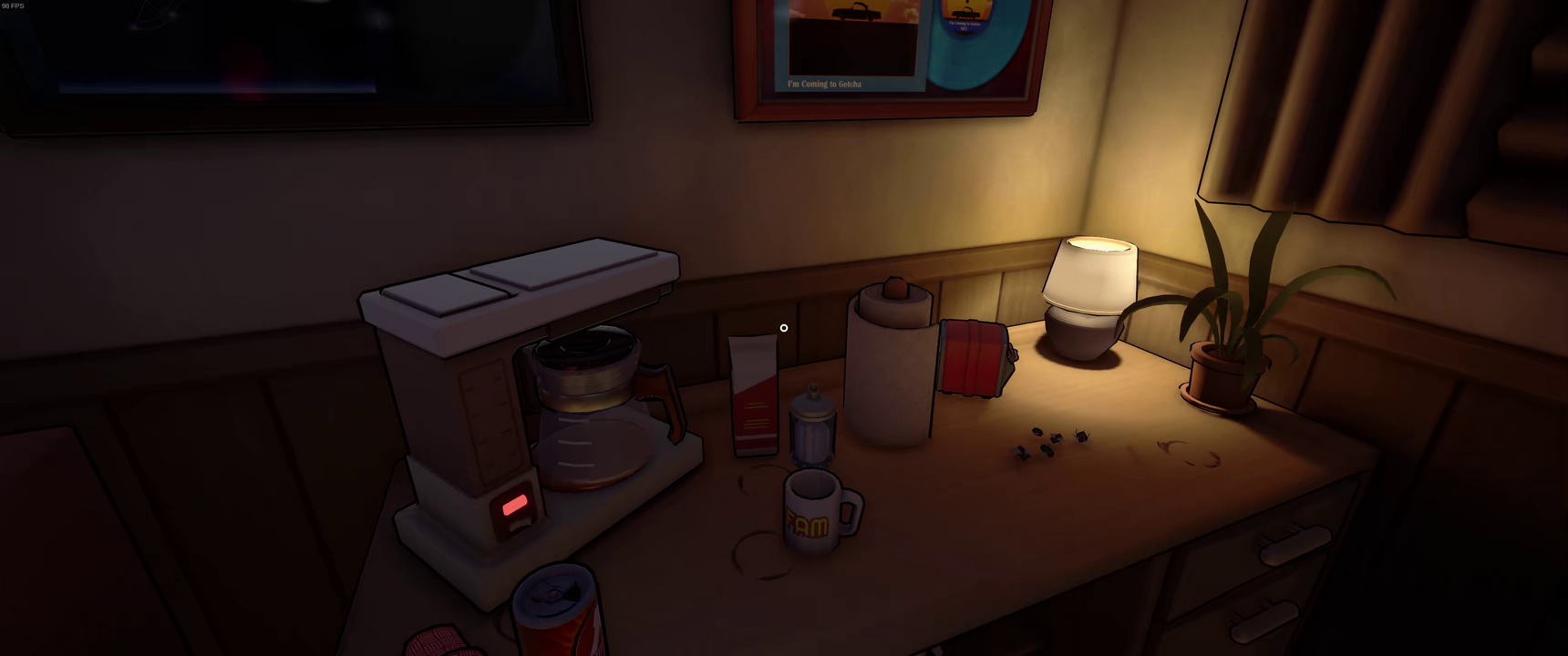
The game pace is on the chill side. There is a sense of urgency in the narrative, but I never had to rush things. I had plenty of time to explore the station for clues in between calls, as the story would be locked until I triggered the next instance, usually by bringing back the required item and talking to Peggy. However, you are rewarded with an achievement for finishing the game in under four hours and saving everyone. But best done in a second playthrough if you really liked the game and are a completionist.
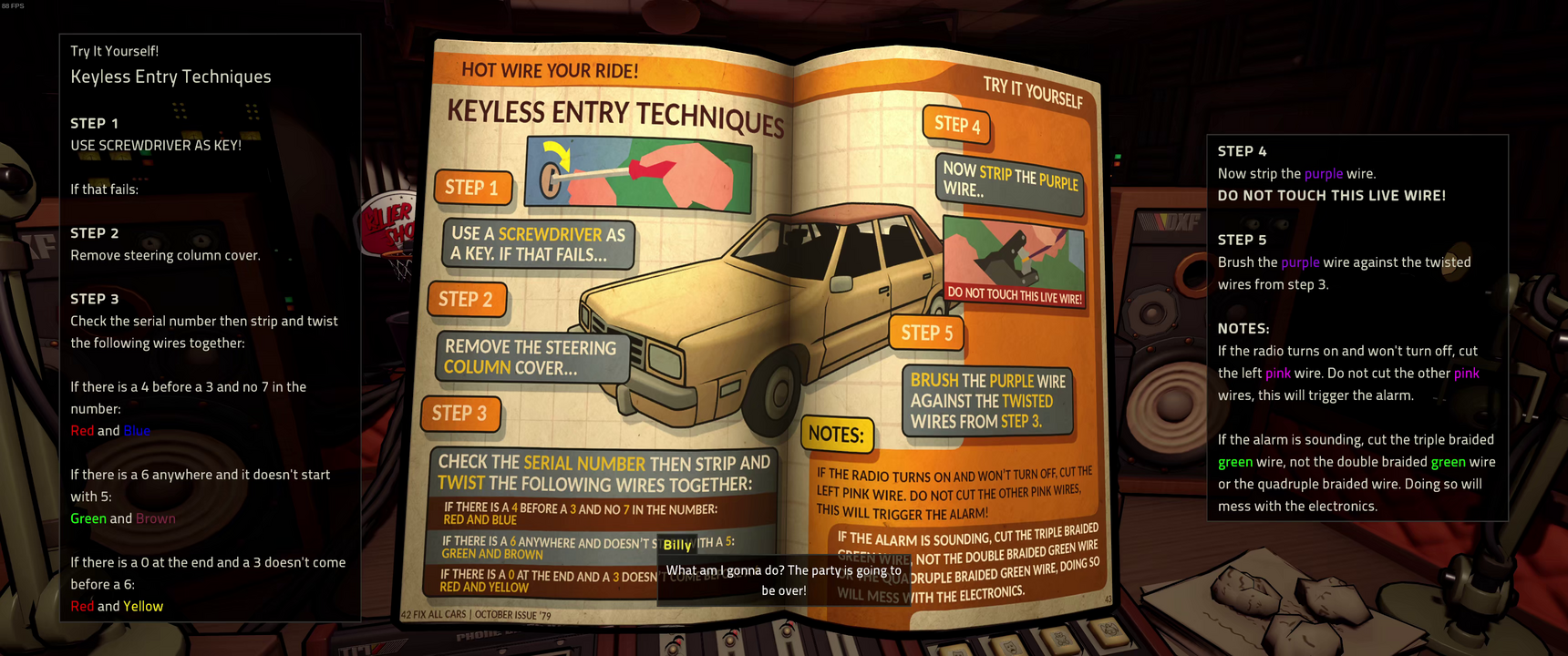
My reason for a single playthrough is that while the game is fun, I did not see any variability in gameplay besides opportunities for the devs to do it. The story always plays in the same order, the same people call you one after the other, while every caller is unique, as far as I tested their answers were always the same, despite the clues describing multiple conditions. For example, right in the beginning there was a clue “IF condition 1 DO A, IF condition 2 DO B…”. I restarted a few times, played to that point, and I was always met with the same condition.
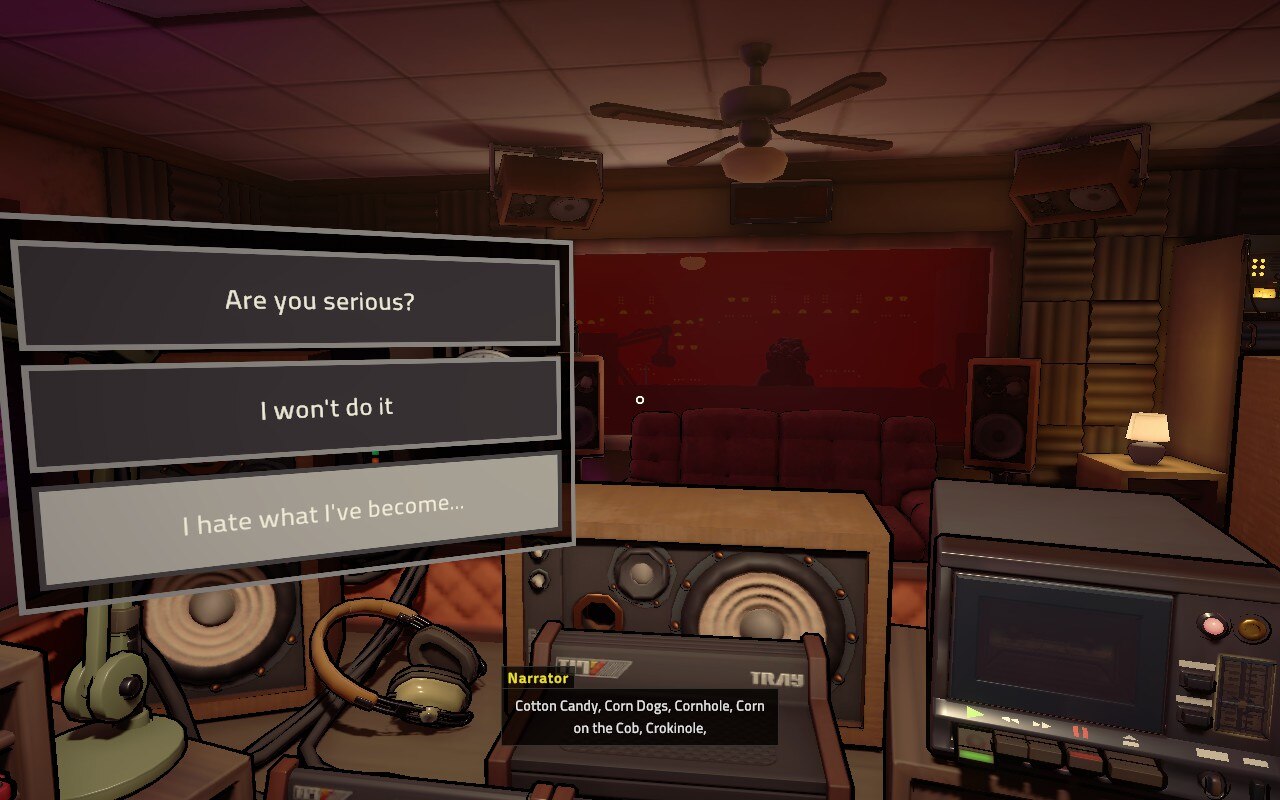
The game runs well on Steam Deck, but the same way I felt this game would be played better in VR, I did not felt the same with controller. Even after remapping and tweaking sensitivity a few times, using the controller in this game was not meant for me, but I am glad I had the option to do so. Steam also warns about small text and the zoom tool, but as far as I played on Deck it did not feel like an issue. The power draw was about 14W as-is, or 9W at 30FPS, but I do not recommend lower framerate either.
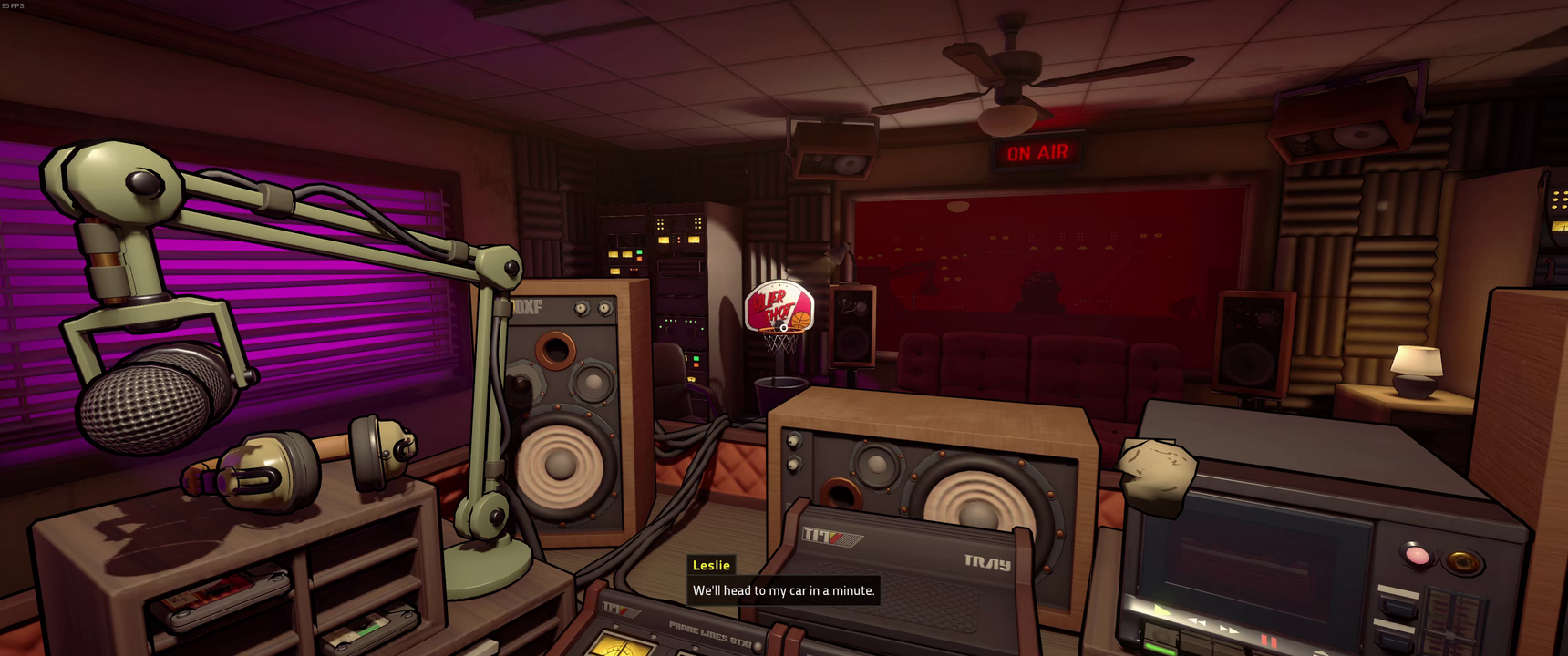
If you are into solving puzzles and the 80s slasher movies atmosphere, Killer Frequency is what you need, available right now on Steam.
Before I go, kudos for the crumpled paper and basket. Throwing them helped me through some tense moments.
Thank you for reading,
Cheers,
Nils
